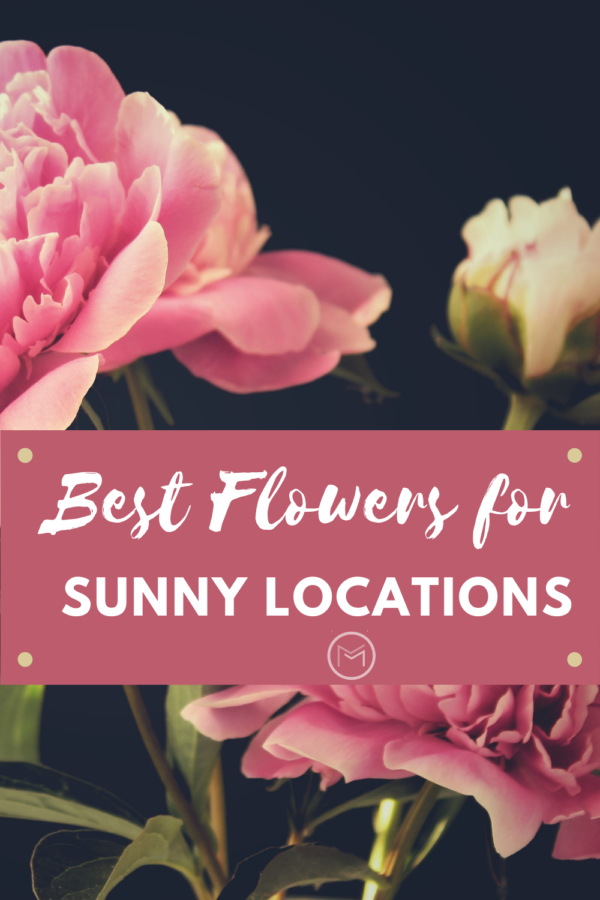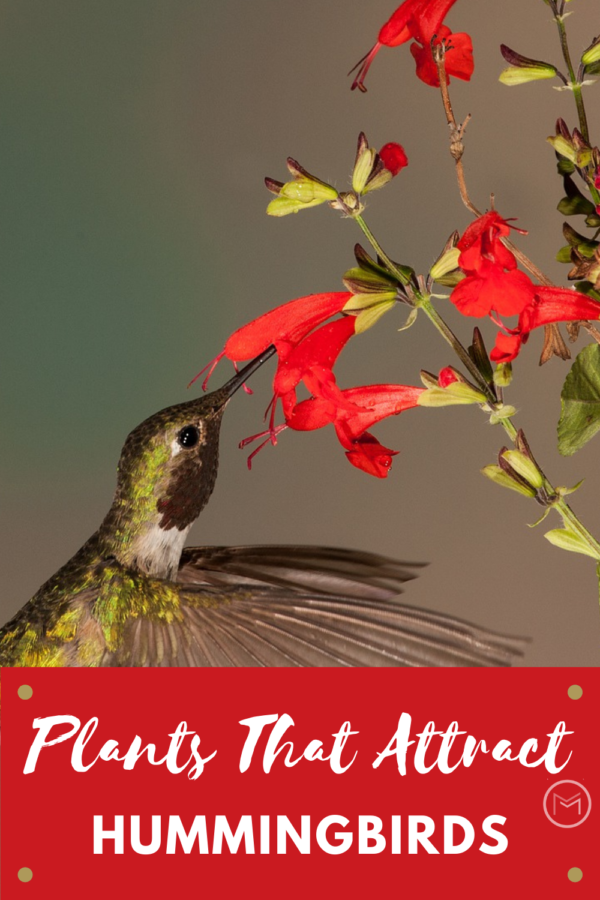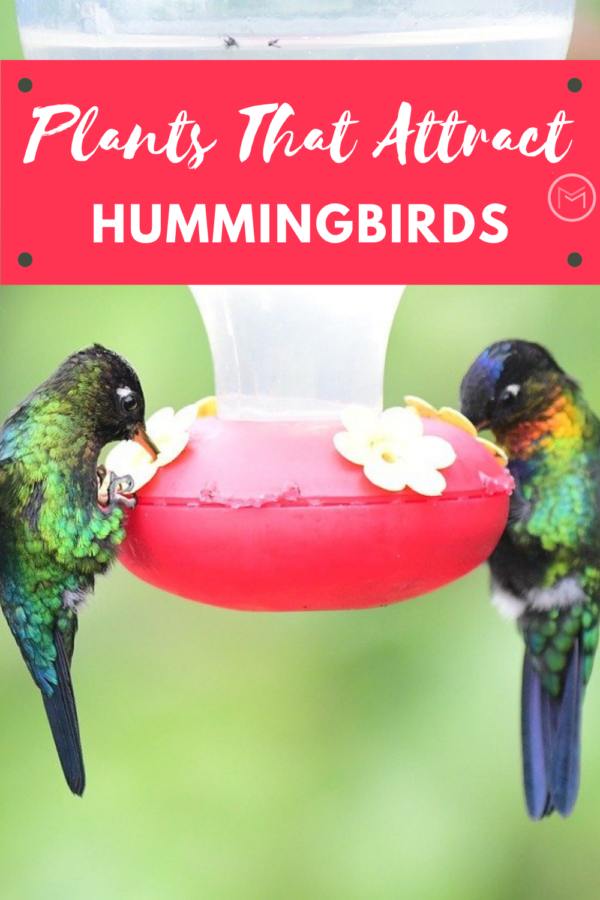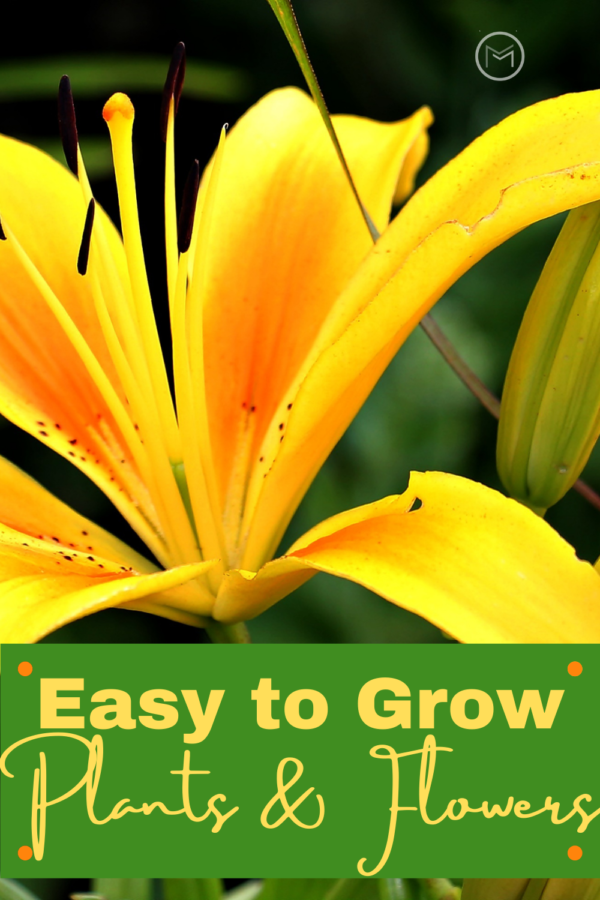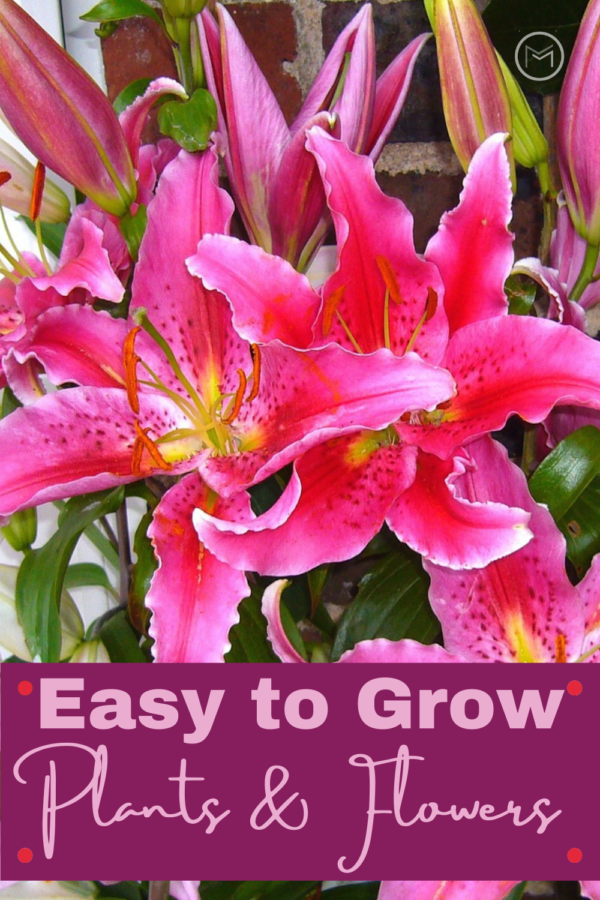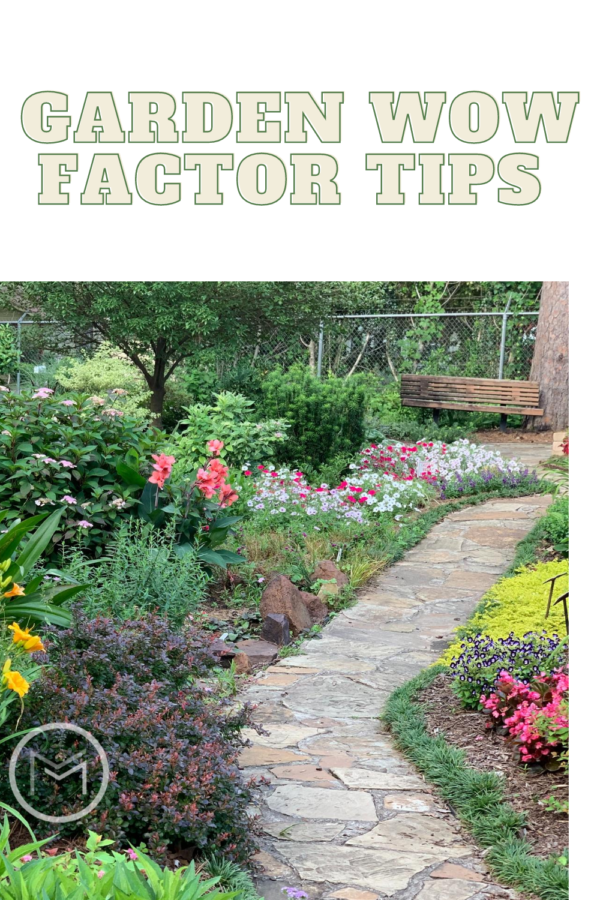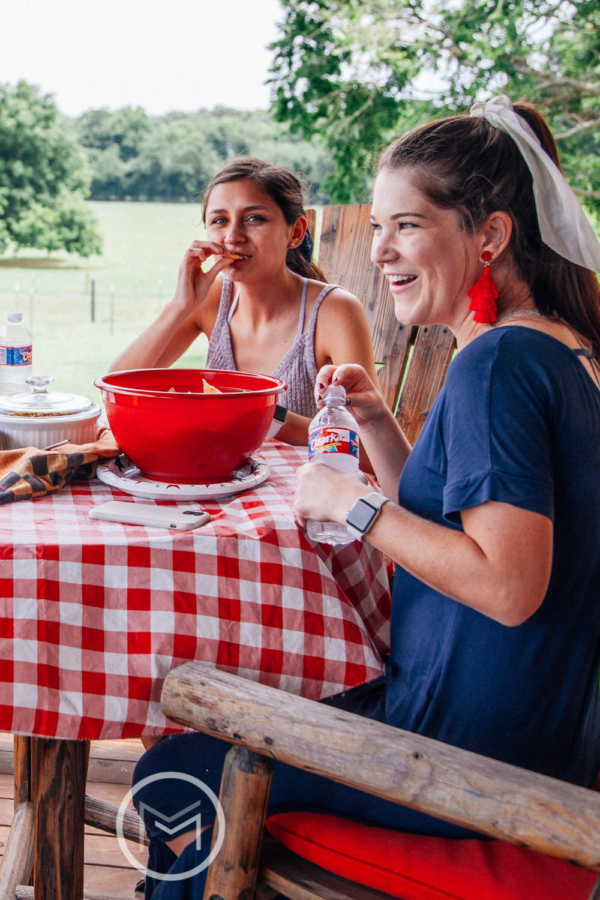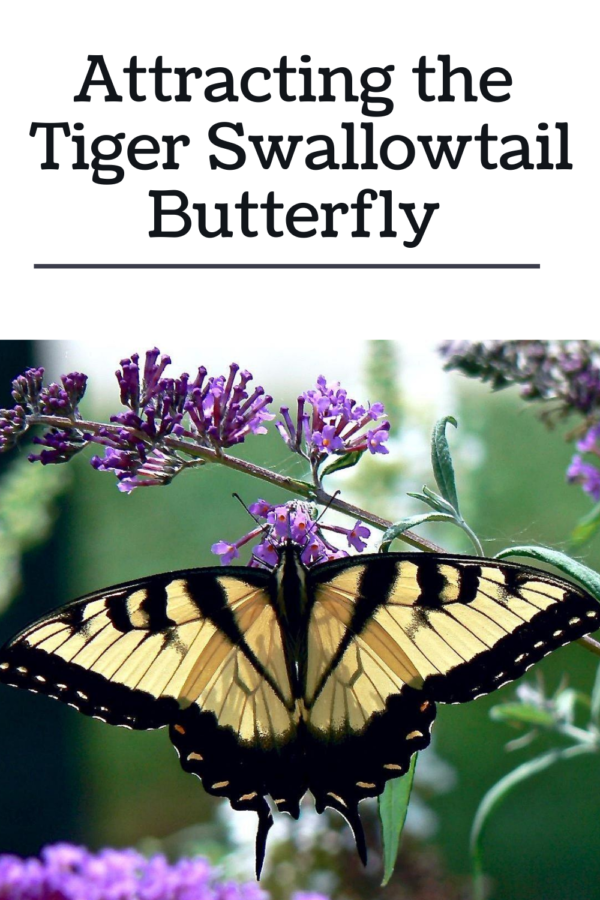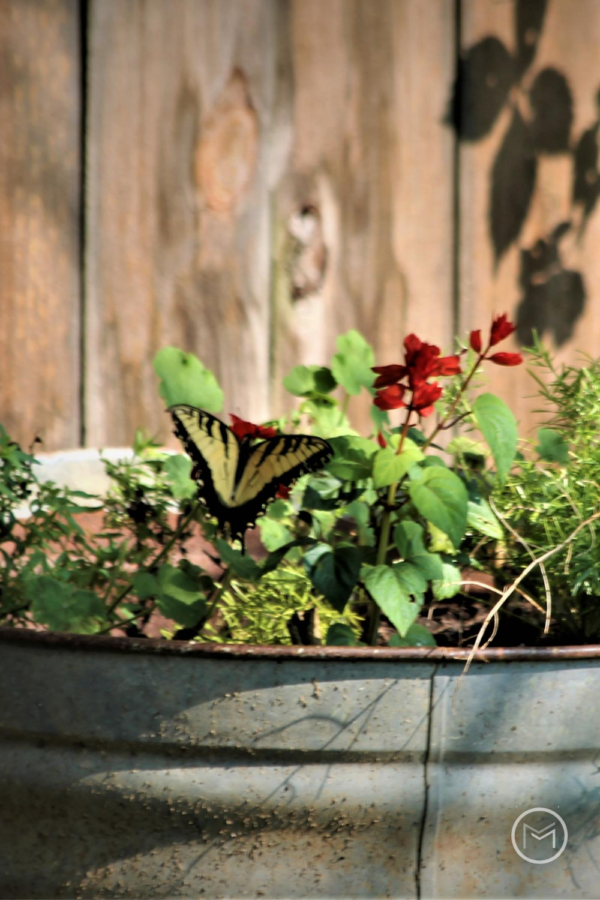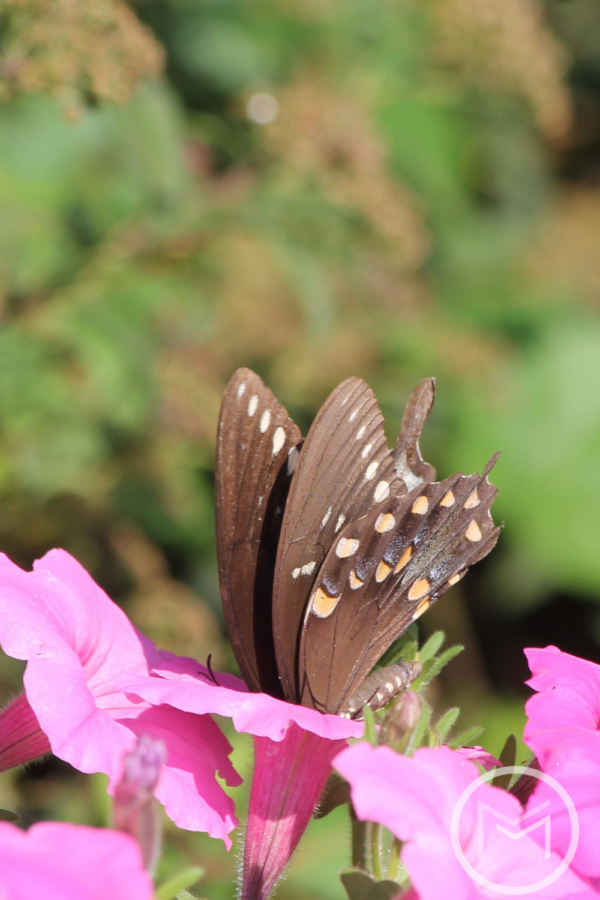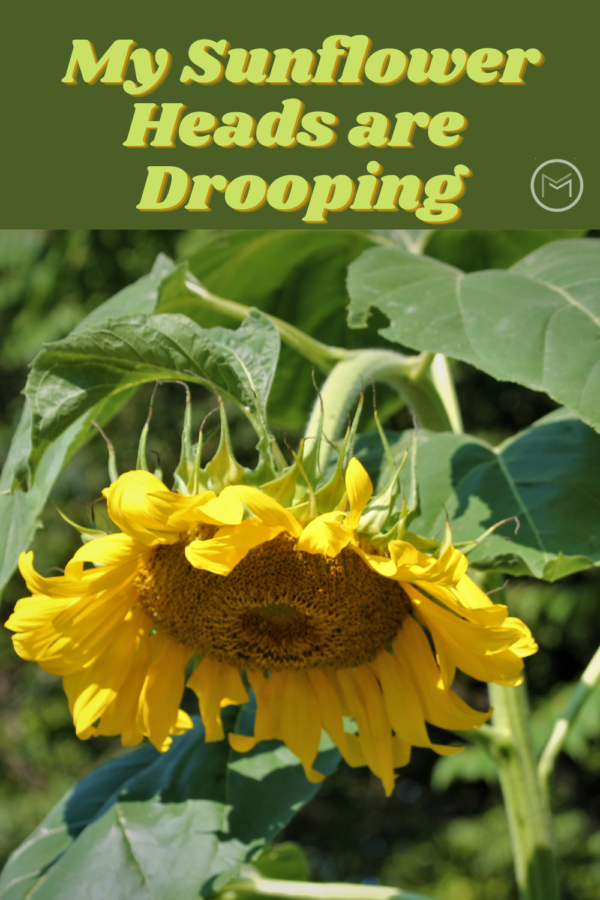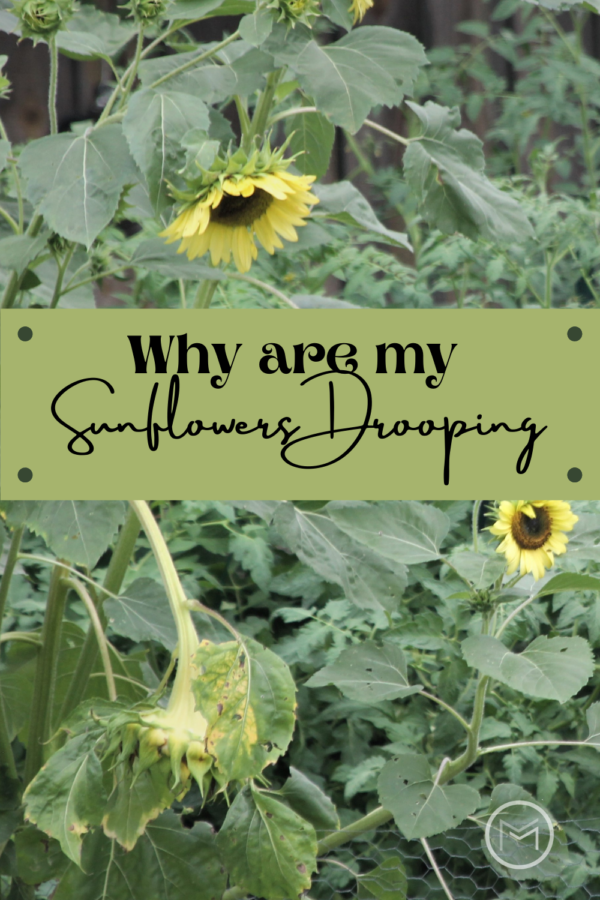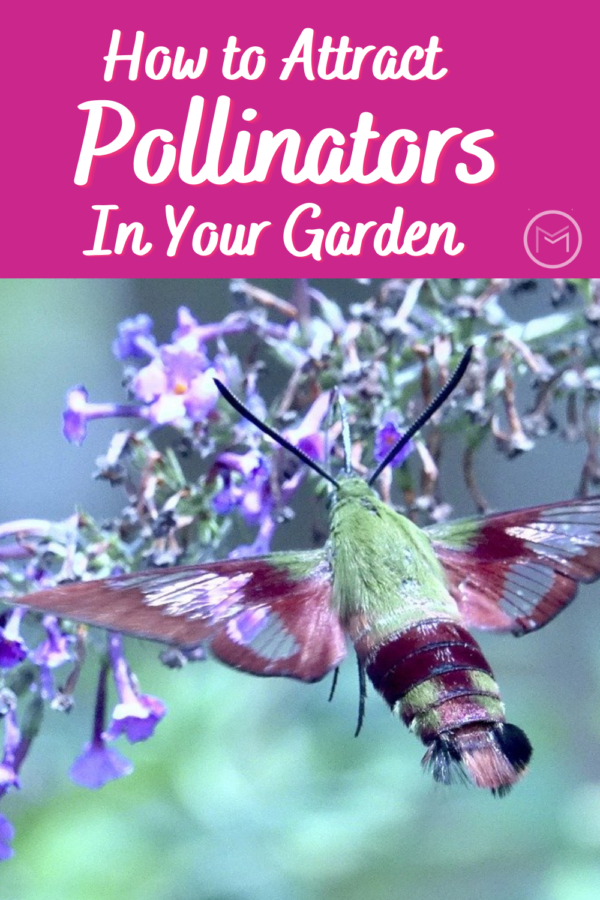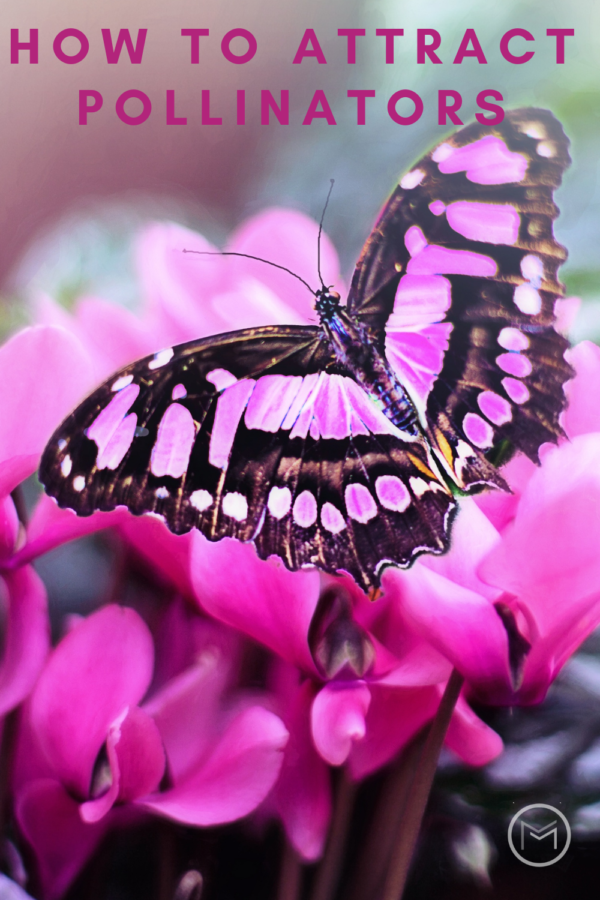Today, I’m sharing gardening tips on how to eliminate peony blight. Have you noticed a whitish gray powdery substance on your peony leaves? What about brown spots on the leaves? Sadly, your peony probably has Botrytis Blight. Fortunately, your peonies can recover and continue to give you the beautiful blooms as they did before the blight hit.
Botrytis Blight is also called Gray Mold, and is the most common disease of peonies. You will usually find it June through September. There are others, but today we’re going to focus on the Botrytis Blight since it is the most prevalent. Most gardeners find their peonies are affected with this blight when their area has had a lot of rain or the weather becomes hot and humid. After a rainy period and than the weather turned hot with high humidity is when the blight appeared in my garden. Luckily, only one of my peonies was affected. However, one is too many.
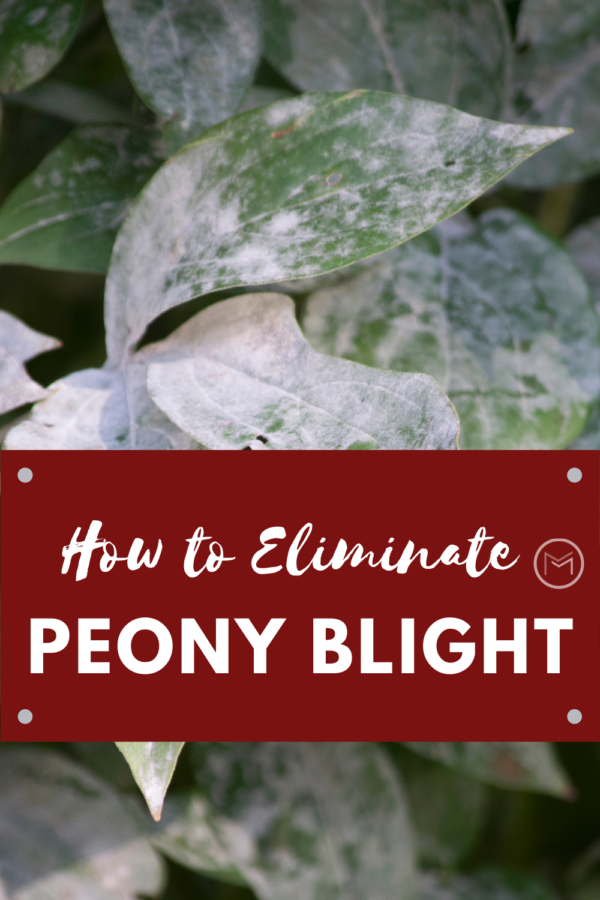
My peonies actually had the gray mildew, as well as brown spots. Peony leaf blight is what causes the large, brown spots as shown below. Fortunately, the mildew and leaf blight can both be controlled.
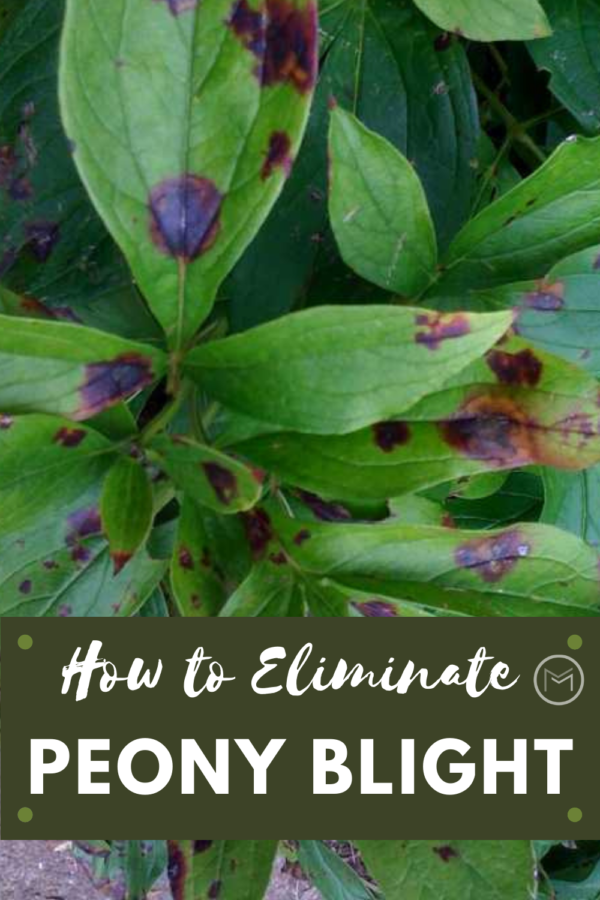
How to Eliminate Peony Blight:
- Mildewed peony leaves can be treated with Neem Oil. In the fall, the plant can be cut down to the ground as shown below.
- If your plant has a few leaves with brown spots, remove the affected leaves from your shrub immediately.
- In the fall, cut your peony plant down to the ground (as shown below).
- Remove all cuttings and infected leaves after you cut down your plants. Place the cuttings in the trash or burn them.
- Once your cut your plant and remove the infected cuttings, spray your plant thoroughly with Garden Safe Fungicide3.
- Clean your shears or loppers thoroughly after cutting the diseased plant.
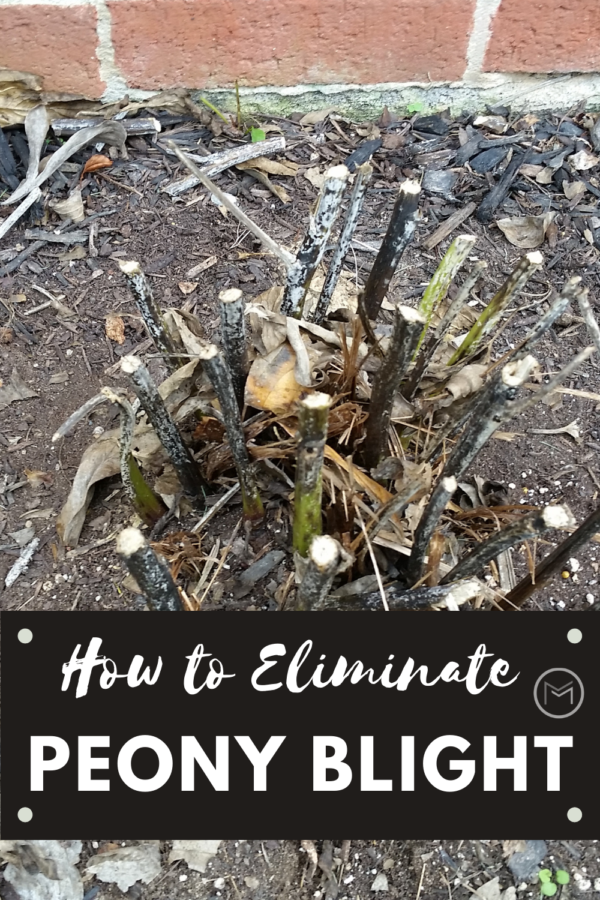
Peony Maintenance:
- Deadhead your peonies annually.
- Make sure plants are spaced at least 3 feet apart.
- Plant peonies in full sun or part shade.
- Cut peonies down to the ground in the fall.
- Spray the Garden Safe Fungicide3 as a part of your maintenance program to keep the blight from hitting. (Spray your plants in the fall after cutting them down and in the spring before blooms emerge).
- Water peonies early morning at the base.
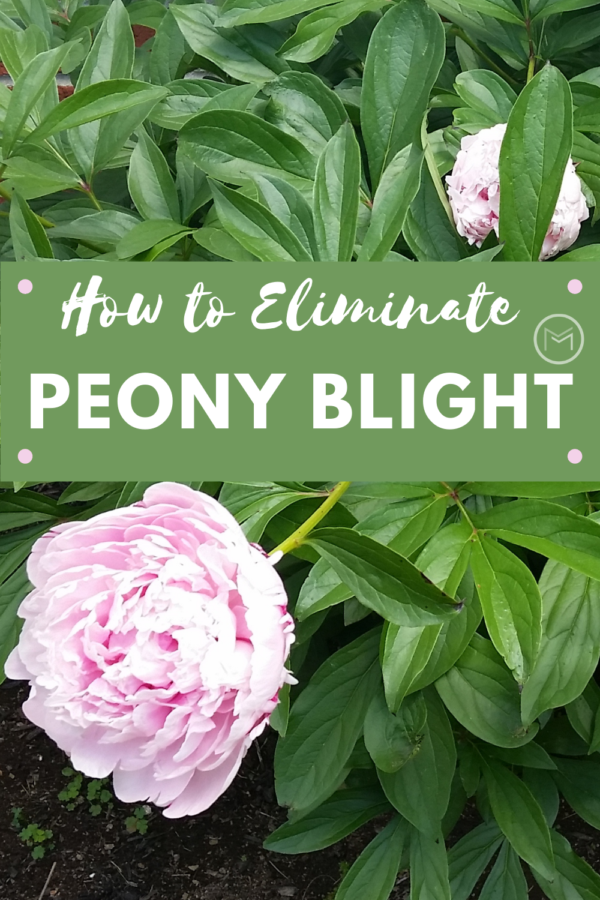
Last, taking these steps will eliminate and prevent peony blight from hitting your beautiful plants. With these steps you peonies will be a good as new. This is my Sarah Bernhardt peony. Sadly, it was affected by the blight. However, re-emerged as beautiful as ever this spring. Preventive maintenance is key to healthy plants.

